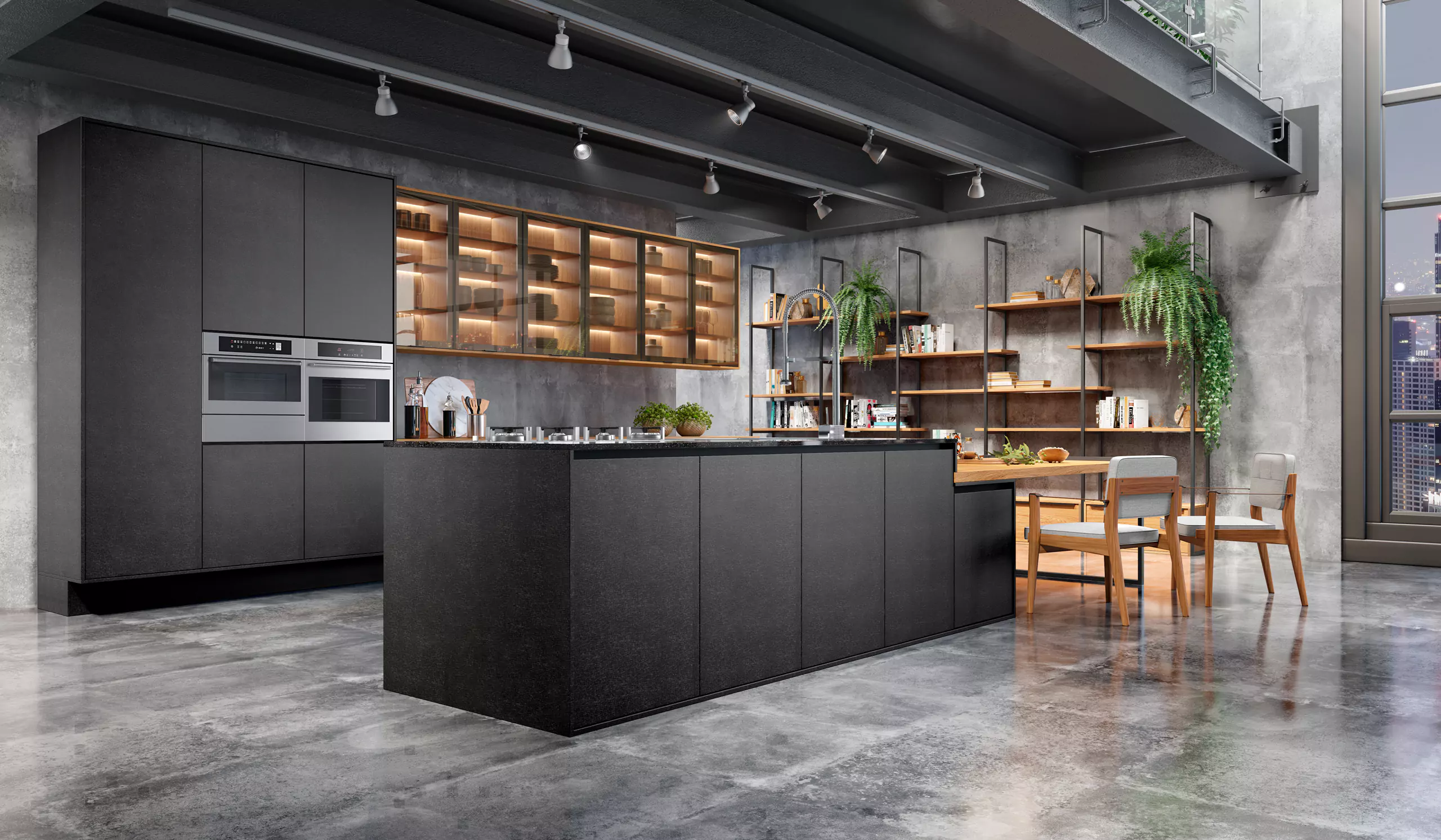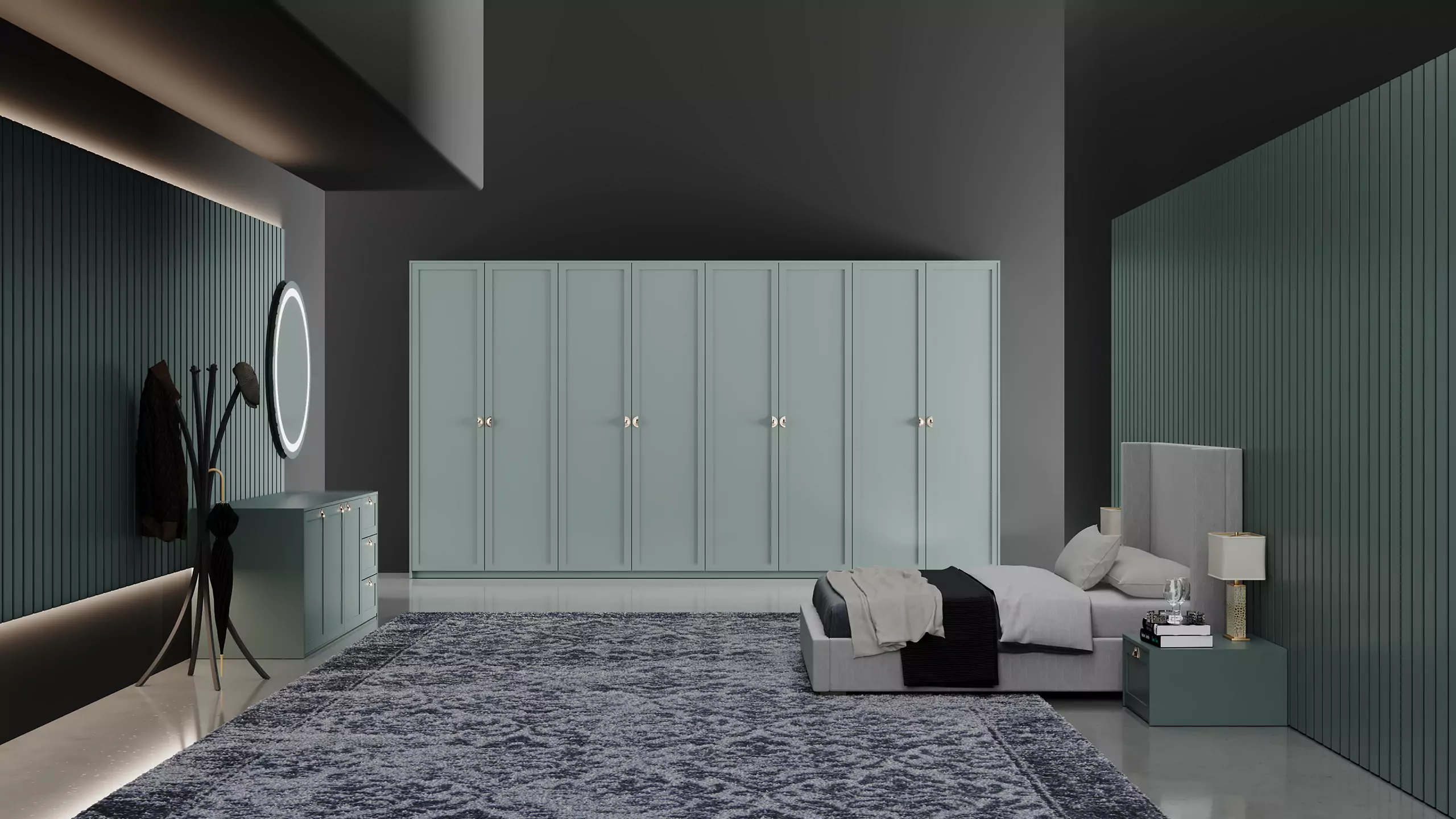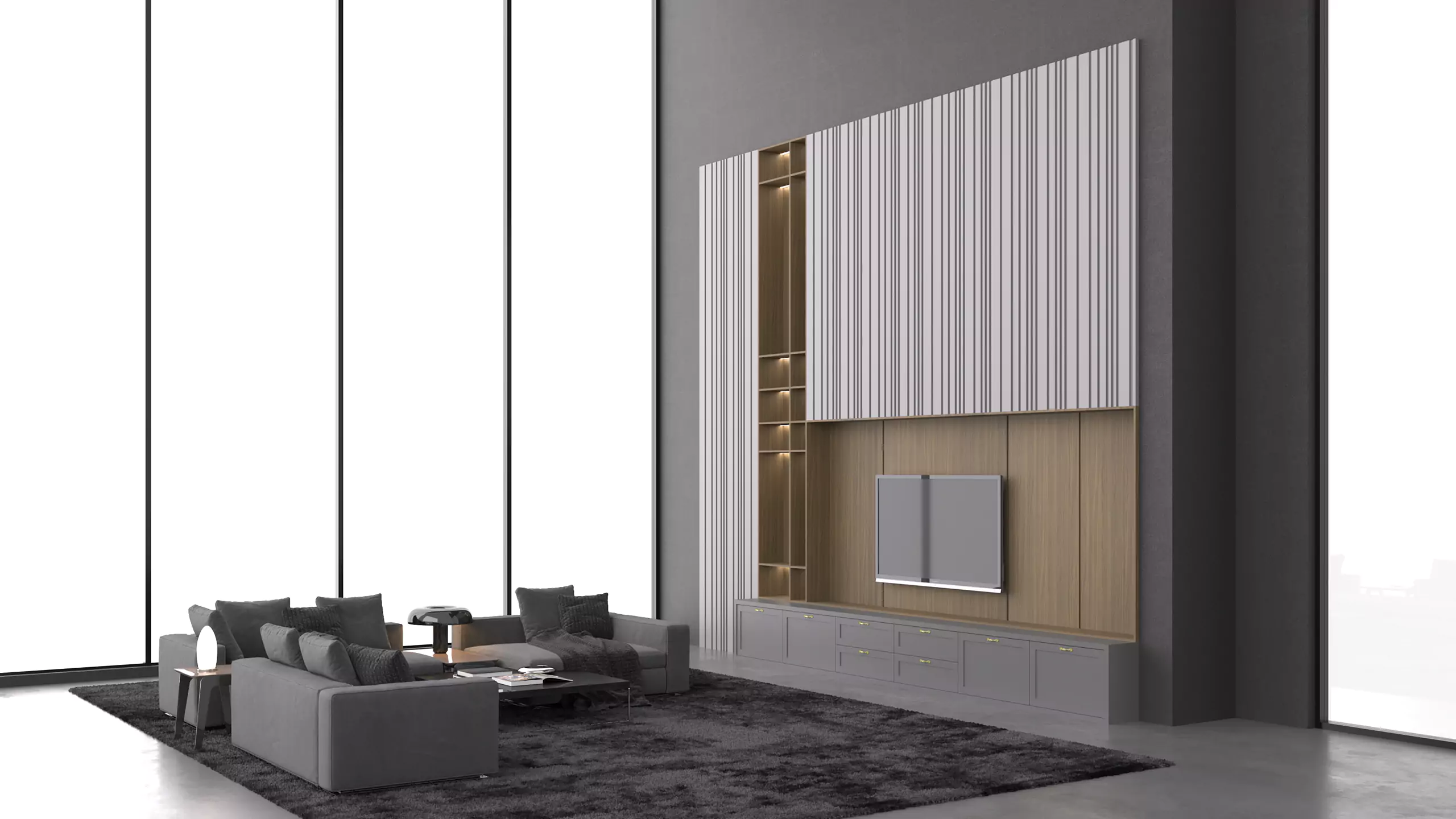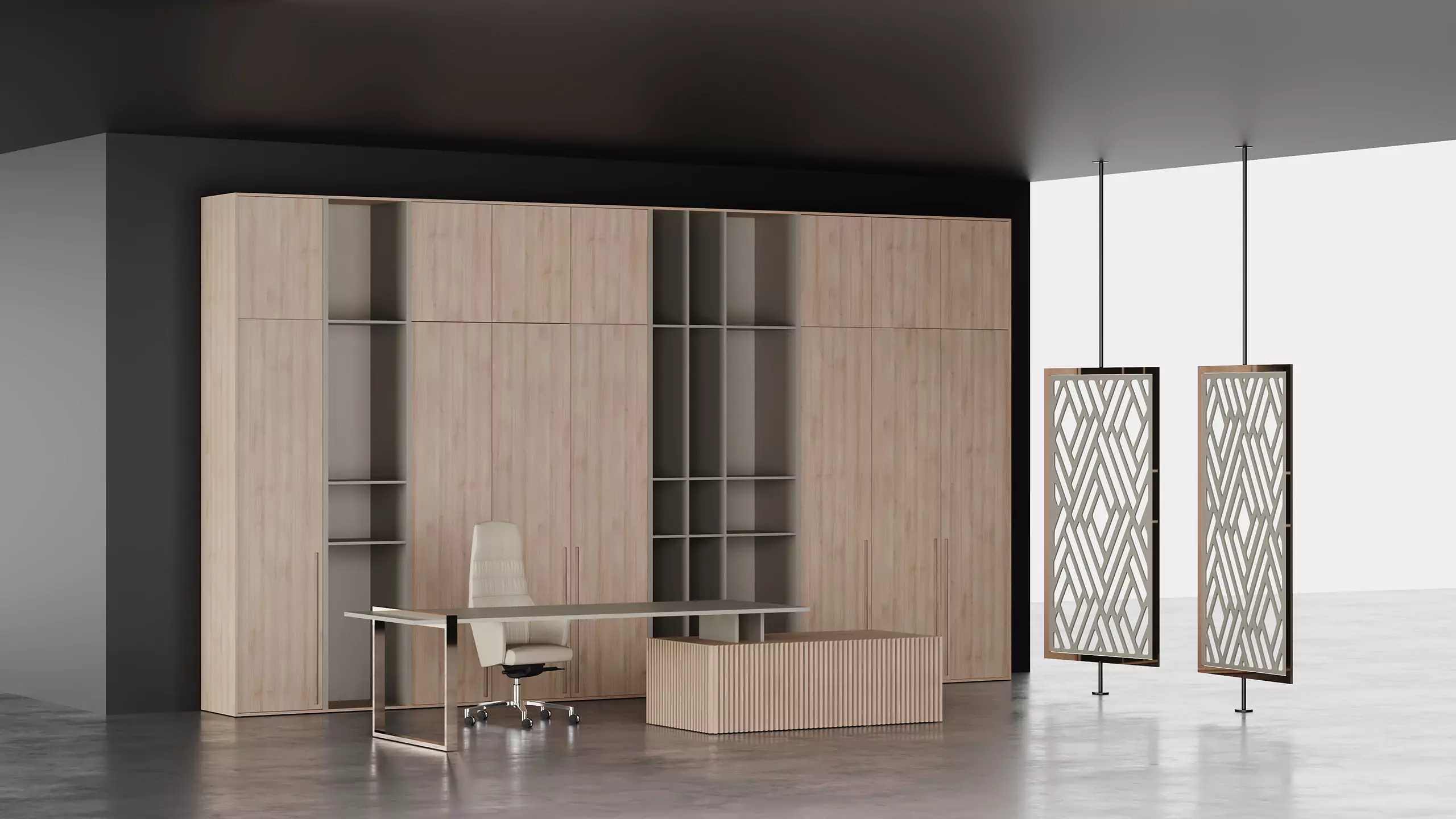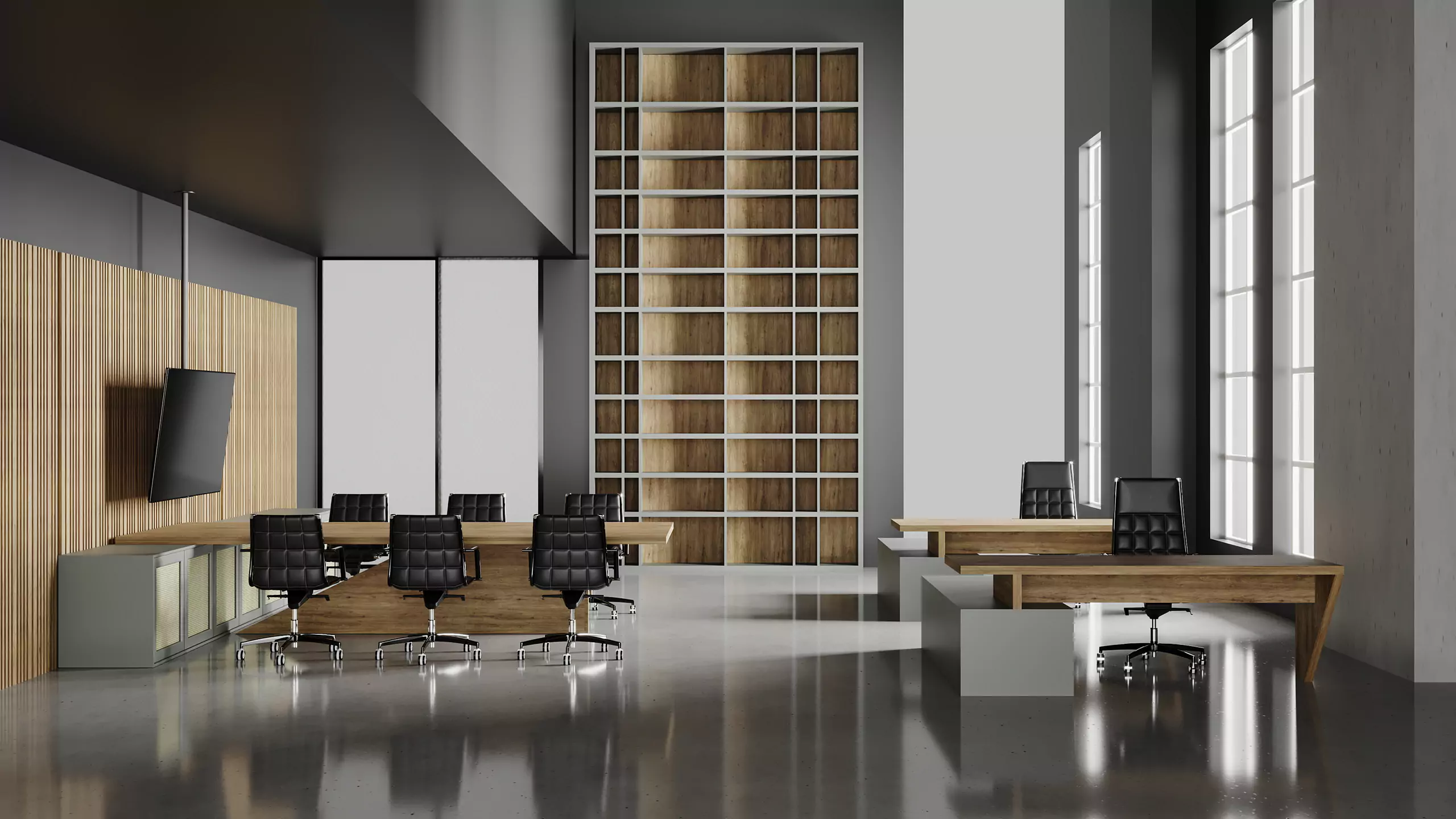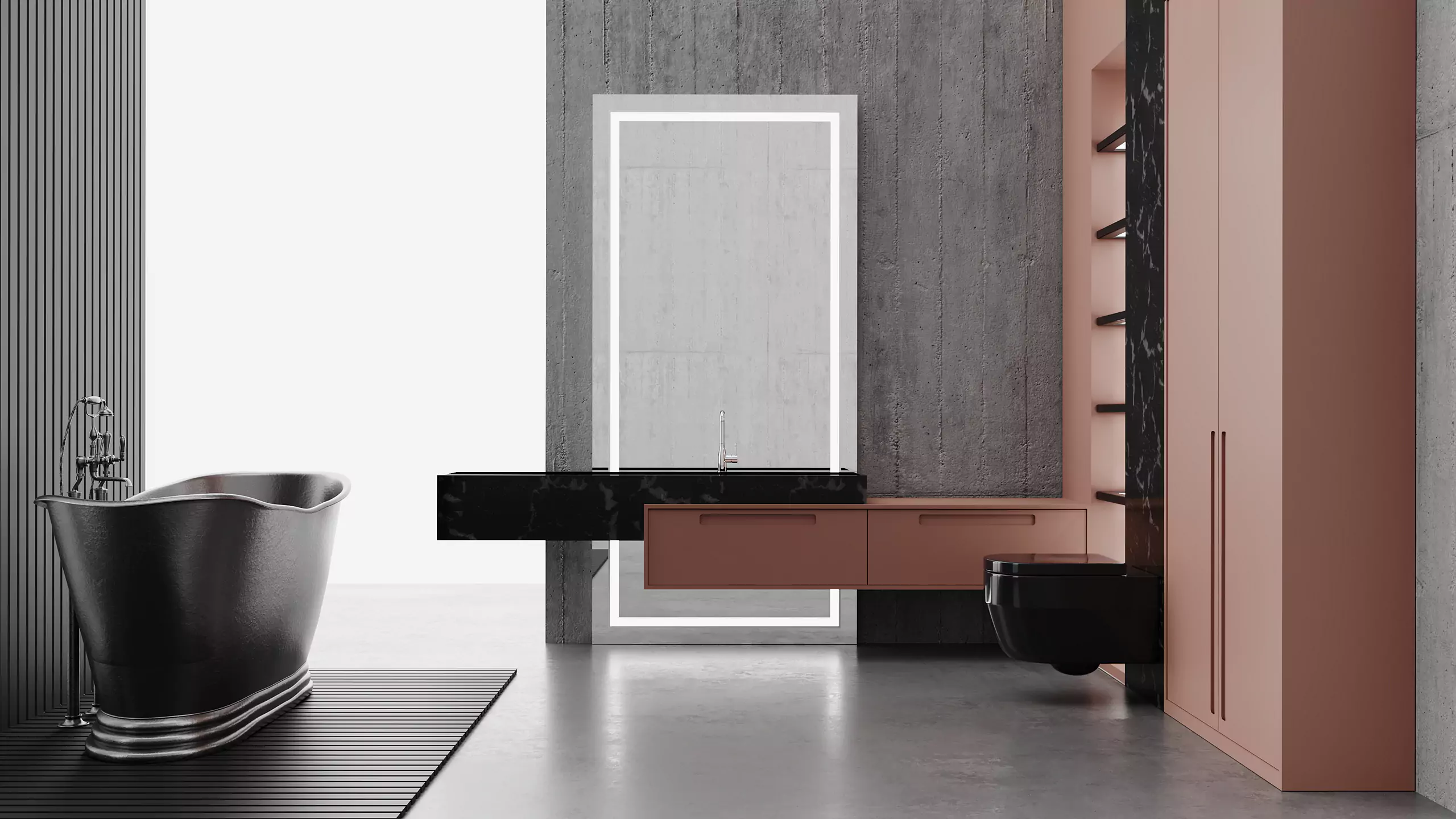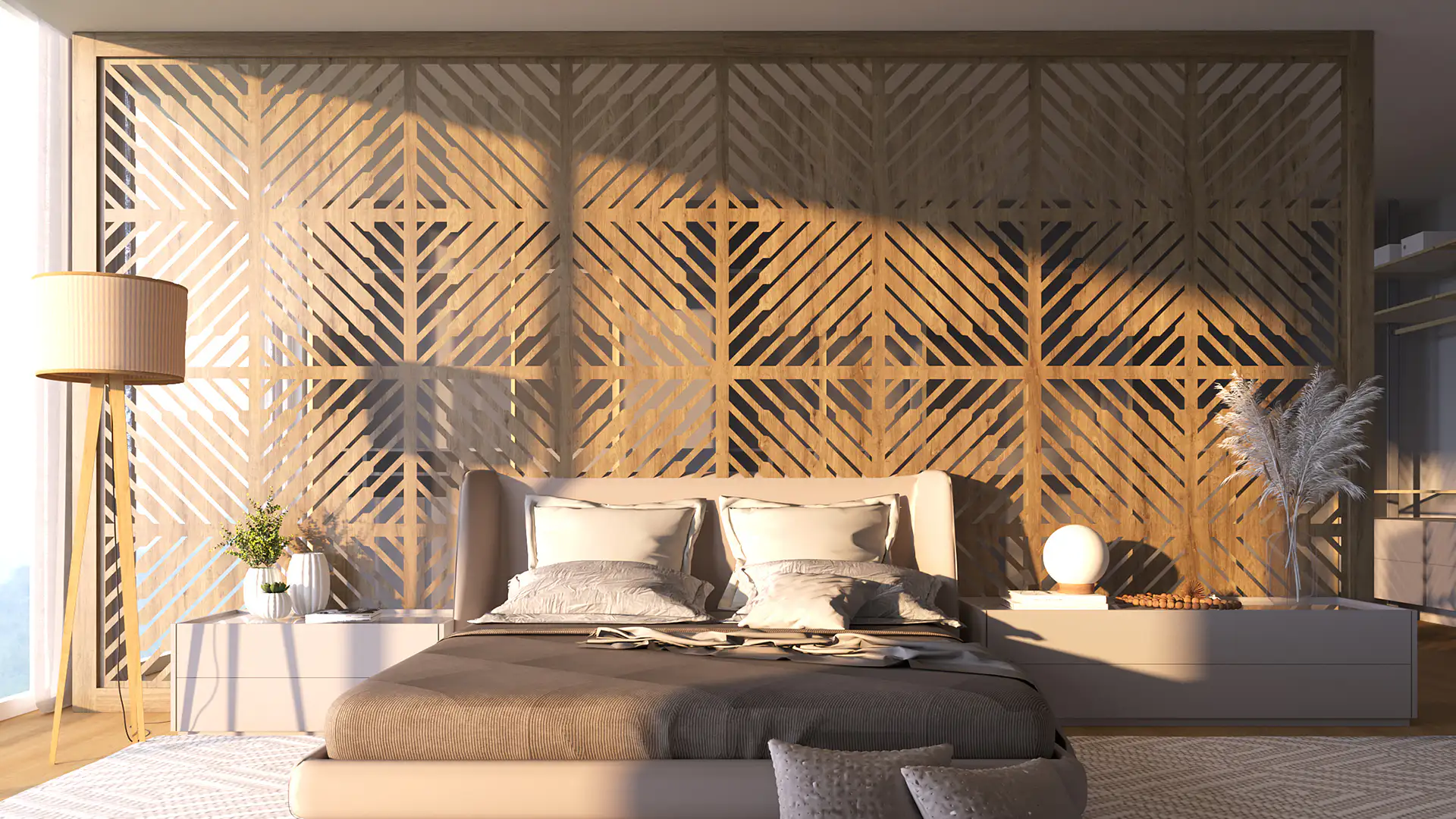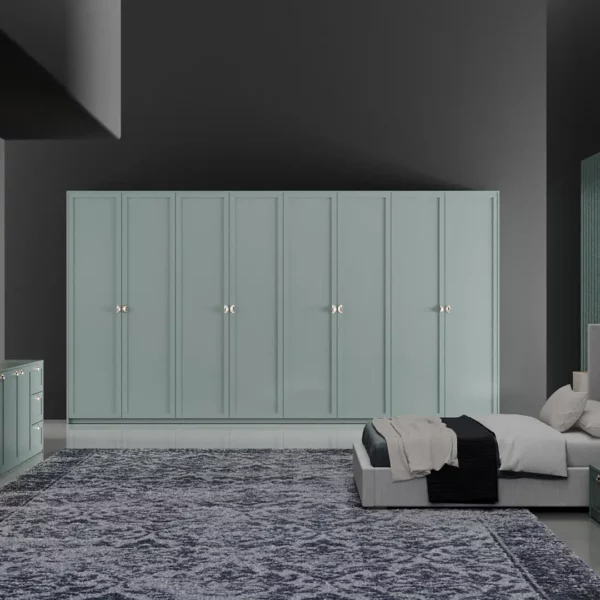Creativity is the limit
Using interwoven panels in the composition of environments is a timeless trend. The muxarabis are classic elements of Arab architecture and were brought to Brazil by the Portuguese. Used to protect women from male gazes in Arab lands, in the West, their most common use is as a room divider.
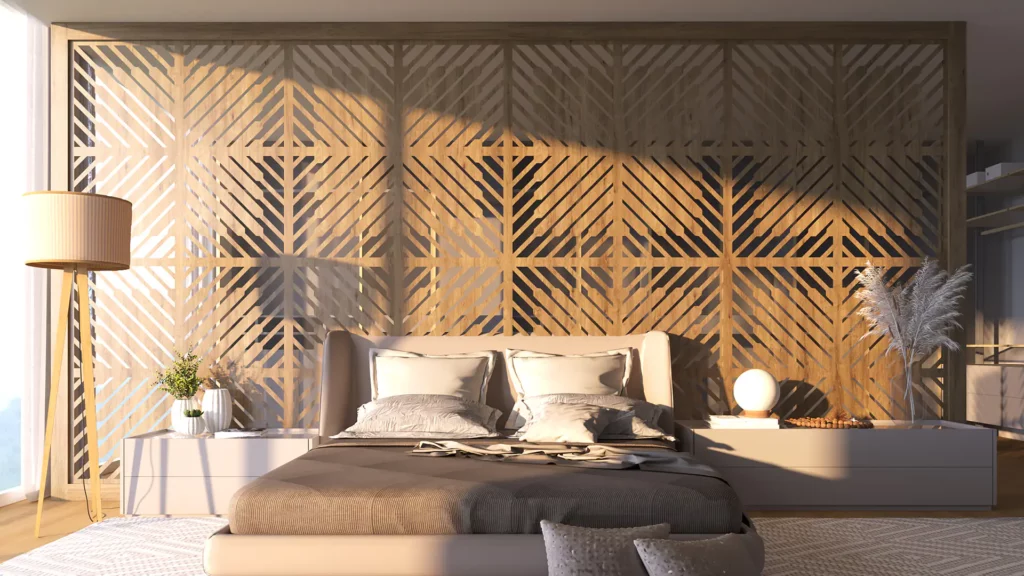
Sandrin launched the Muxarabis line to add lightness and personality to environments. Because they are hollow, the panels can be used as an alternative to maintain privacy without compromising circulation between spaces. For those who want to invest in decoration, panels can also appear as an ornamental item in furniture pieces.
Combined with other textures, the versatility of these elements expands beyond their functional and aesthetic role. The muxarabis give an intimate air to the spaces, promote light control and allow ventilation. The essence of its proposal is to “see without being seen”.
Now that you understand the functions of these panels in environments, let's understand how to combine them?
By using wood as the main element, Muxarabis add comfort and warmth to environments, and can be combined with natural textures and organic elements. Furthermore, they can be combined with furniture in neutral tones, from the beige or decorative palette, from Sandrin.
The Sandrin Formas de Encontro collection has five models of muxarabis with different types of interlacing that form different holes. The beauty of these elements lies in the infinity of geometric patterns that make them up. The creativity of combining them with other textures and color patterns can have the capacity to transform environments into unique experiences.
